Wolfram Function Repository
Instant-use add-on functions for the Wolfram Language
Function Repository Resource:
Turn any character into a graphics object
ResourceFunction["CharacterCurves"][ch] turns a text character ch into a graphics object of the character's shape. | |
ResourceFunction["CharacterCurves"][ch,format] turns a text character ch into either a graphics object, a curve primitive or a list of segments based on the value of format. |
| "Graphics" | returns a graphics object in the shape of ch |
| "Curves" | returns the curve(s) that make up ch's shape |
| "Segments" | returns a list of lists of Line and BezierCurve objects, complete with proper end points |
Get a graphics object of the shape of the letter "j":
| In[1]:= |
| Out[1]= |  |
Get a graphics object from a character code:
| In[2]:= |
| Out[2]= | 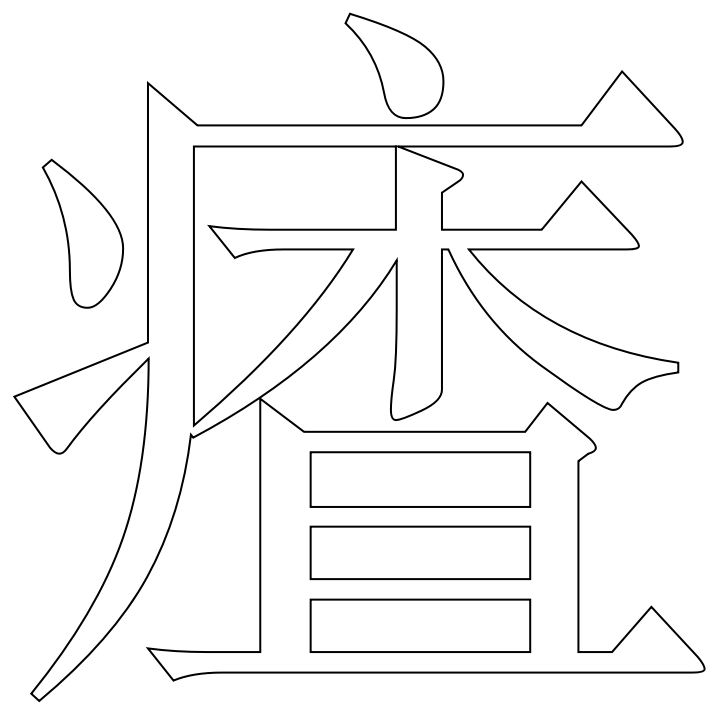 |
Get a graphics object for a styled character:
| In[3]:= |
| Out[3]= | 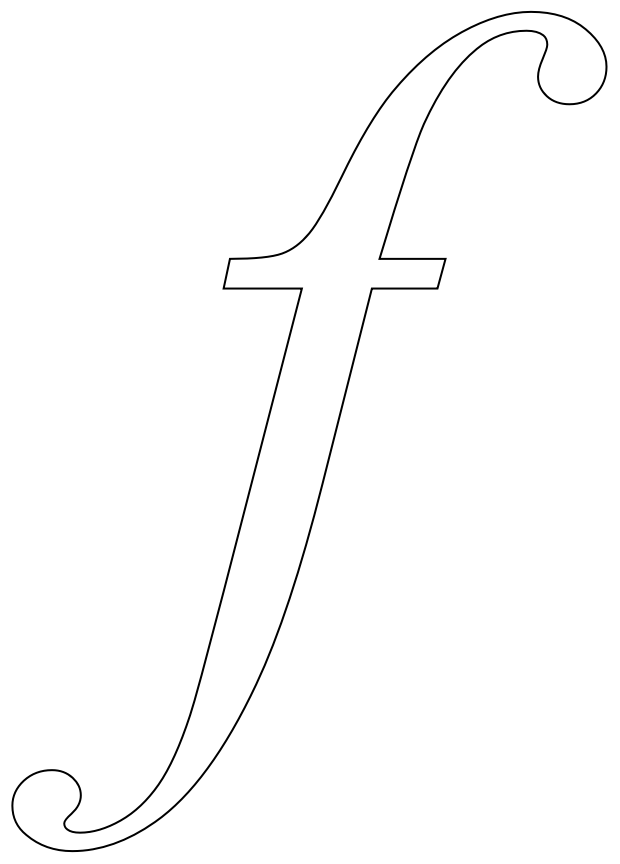 |
Get a filled curve instead of a joined curve:
| In[4]:= |
| Out[4]= | 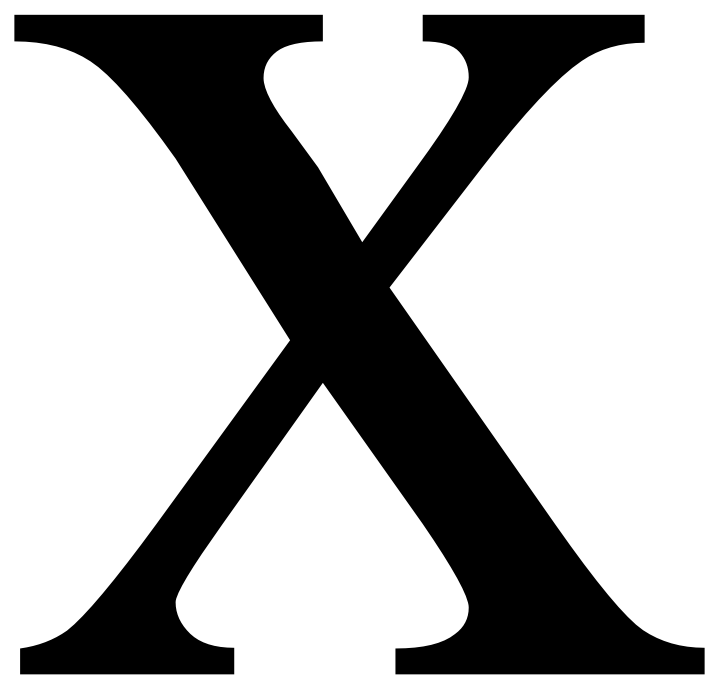 |
Get the curves themselves instead of the graphics object:
| In[5]:= |
| Out[5]= |  |
Get the lines and Bézier curves with the end points restored:
| In[6]:= |
| Out[6]= |  |
Display the axes and grid to analyze the shape of a character:
| In[7]:= |
| Out[7]= | 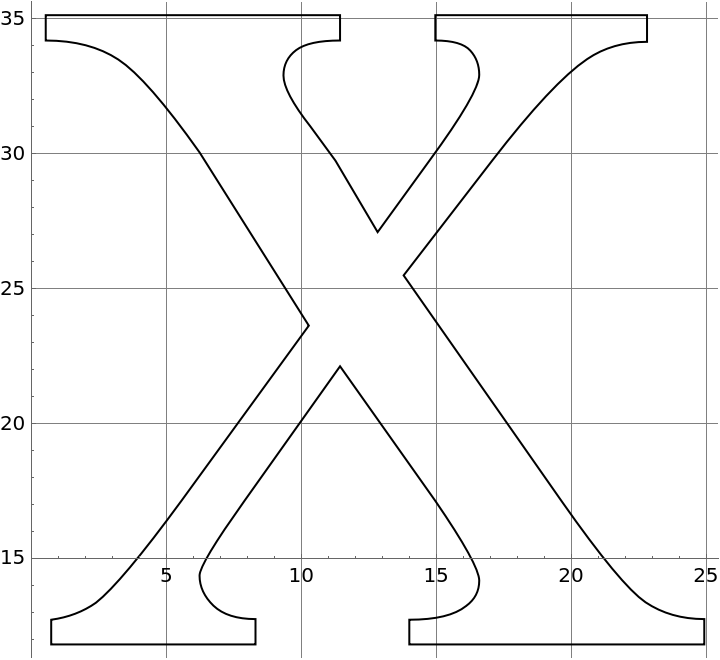 |
Include a character's shape with other graphics primitives:
| In[8]:= |
| Out[9]= | 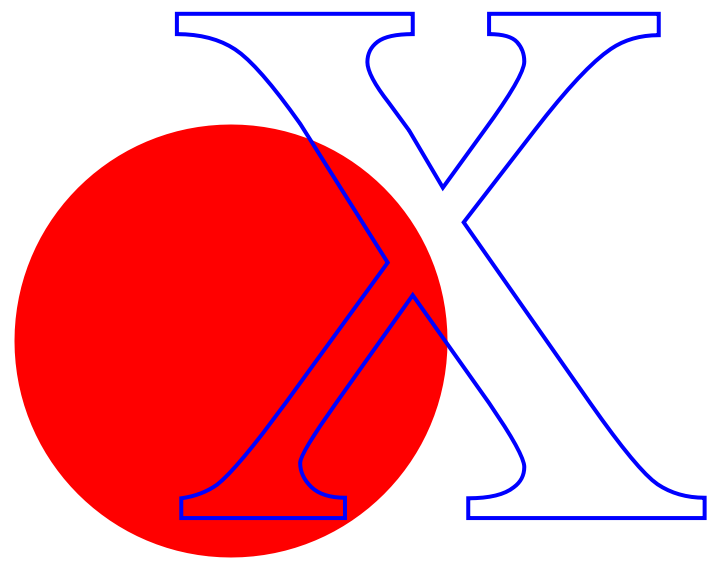 |
Change a character's shape:
| In[10]:= | ![newSegs = ResourceFunction["CharacterCurves"]["x", "Segments"] /. Line[{a_, b_}] :> BezierCurve[{a, 1.07 a, .93 b, b}, SplineDegree -> 3];
Graphics[{Thick, newSegs}]](https://www.wolframcloud.com/obj/resourcesystem/images/3e3/3e3e7f72-aebd-4073-b2ee-fcbd46e07314/1367d72b81b5ccfa.png) |
| Out[11]= | 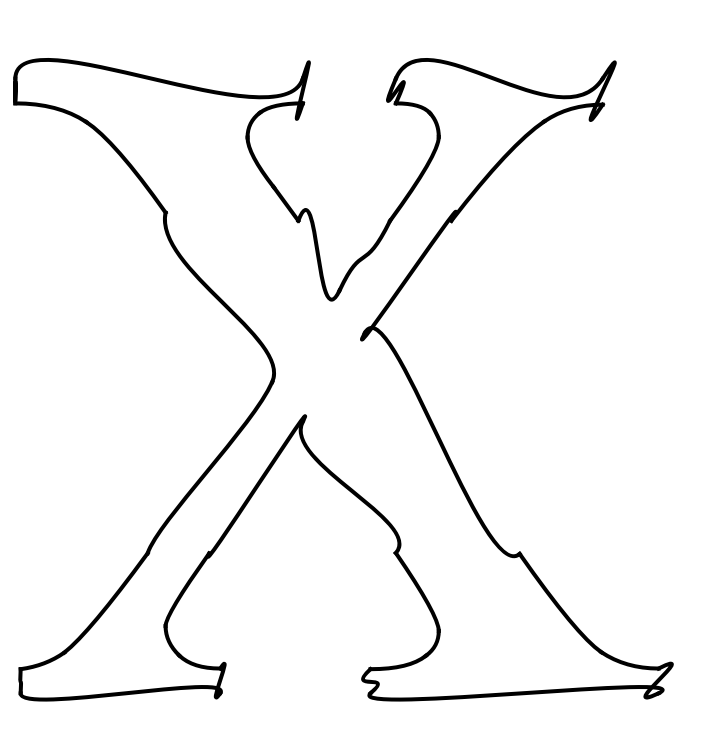 |
Extract curve information from a character's shape:
| In[12]:= | ![(* Evaluate this cell to get the example input *) CloudGet["https://www.wolframcloud.com/obj/b844d0ea-9650-46dc-9b32-d45d3281c36a"]](https://www.wolframcloud.com/obj/resourcesystem/images/3e3/3e3e7f72-aebd-4073-b2ee-fcbd46e07314/2f8203ca357f7c2c.png) |
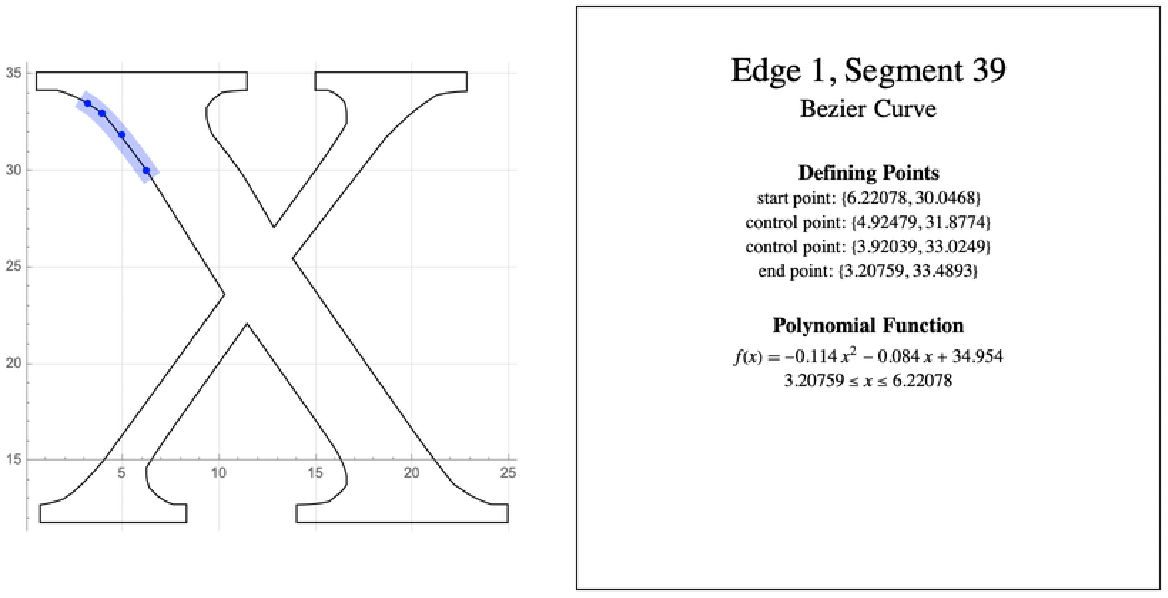
This work is licensed under a Creative Commons Attribution 4.0 International License